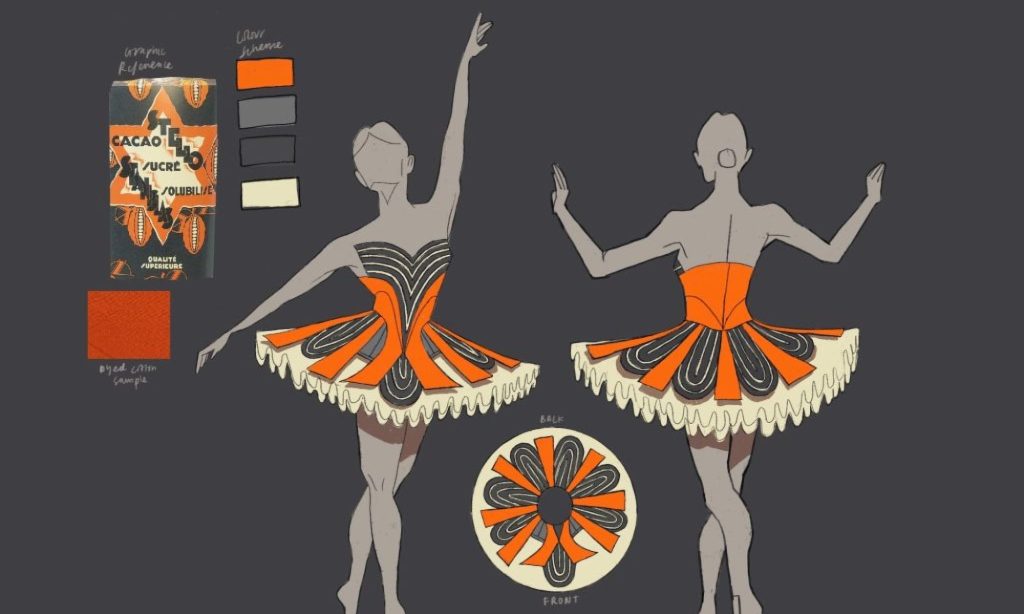This entire unit has been hectic and somewhat stressful. We had been promised 10 weeks to work on our tutus which I do believe lulled me into a false sense of security as I spent some time trying to juggle personal projects alongside the tutu. Halfway through week 5 however, we were given just 23 hours to choose between 15+ options for the collaborative projects we should work on. The issues we had with the collaborative projects is that everything felt rather unorganised and rushed, causing us undue stress that could have been avoided if say, instead of just giving us 23 hours to read through project pitches, we had instead been given 15-30 minute lectures about each project in the week leading up to when we have to decide so that we would have been much more informed. Not everyone knew exactly what each project entailed and I do believe a system like this would help everyone be better informed so that they aren’t questioning if they chose the right project for them to work on.
It was nice to be able to choose the tutu designs we work on so that we are actually invested in the costume. I opted for a design that didn’t require an excessive amount of screen printing or painting the fabrics thinking that it would save me time. Instead, my design is structurally complex and I didn’t account for how much time that would take. Over the winter break I didn’t get to relax because I spent most of my days hand sewing because many elements of the costume couldn’t be sewn by machine. On a related note, I need to remember in future to buy more material than I think necessary, I had to stop several times throughout making the tutu after running out of cotton and bias tape.
I am content with the work produced in this unit and I have learnt some valuable skills/lessons that can be carried forward. I do however think there are some improvements that could be made in future to make this unit more manageable for other year groups, e.g. giving prior warning and sufficient information regarding the collaborative projects.

